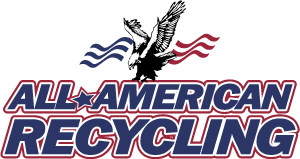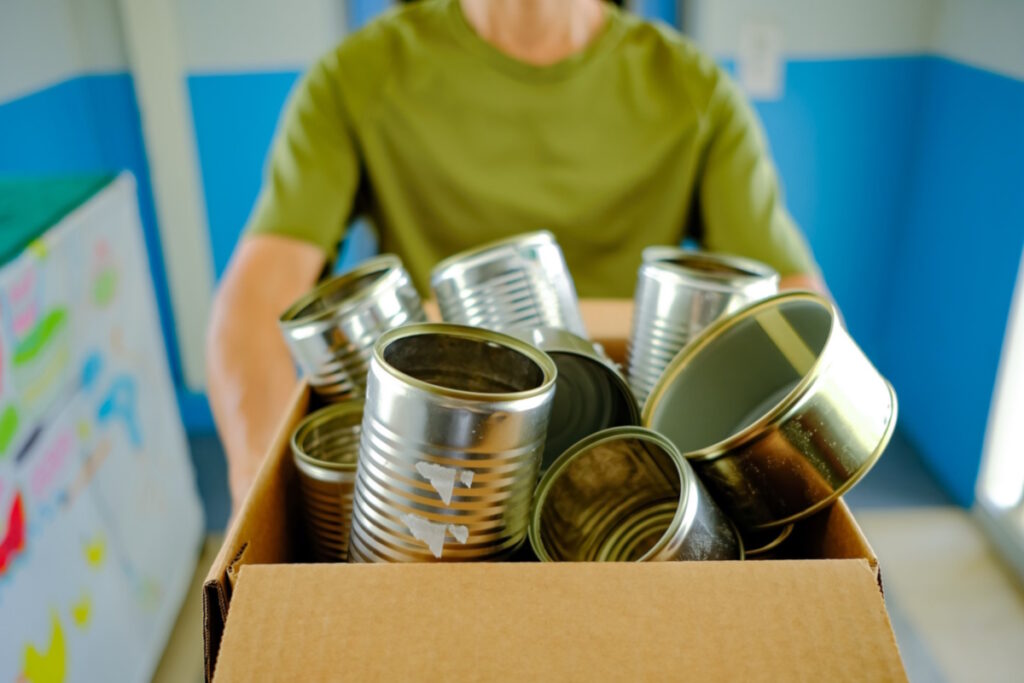Starting a DIY metal recycling initiative is a fantastic way to contribute to environmental sustainability, reduce waste, and even earn some extra cash. Metal recycling conserves natural resources, saves energy, and reduces greenhouse gas emissions. Here are some essential tips to help you get started on your DIY metal recycling journey:
1. Understand the Basics of Metal Recycling
Before diving into metal recycling, it’s crucial to understand the basics. Metals can be broadly classified into ferrous (containing iron) and non-ferrous (not containing iron) metals. Ferrous metals include steel and iron, while non-ferrous metals include aluminum, copper, brass, and stainless steel. Knowing the difference helps in sorting and processing metals efficiently.
2. Gather the Necessary Tools and Equipment
To start recycling metal, you’ll need some basic tools and equipment:
- Magnet: A simple magnet helps differentiate between ferrous and non-ferrous metals. Ferrous metals are magnetic, while non-ferrous metals are not.
- Protective Gear: Safety glasses, gloves, and sturdy work boots protect you from sharp edges and debris.
- Cutting Tools: Metal snips, saws, and grinders help cut and shape the metal.
- Scale: A scale helps weigh the metal to determine its value.
- Storage Containers: Use bins or containers to sort and store different types of metals.
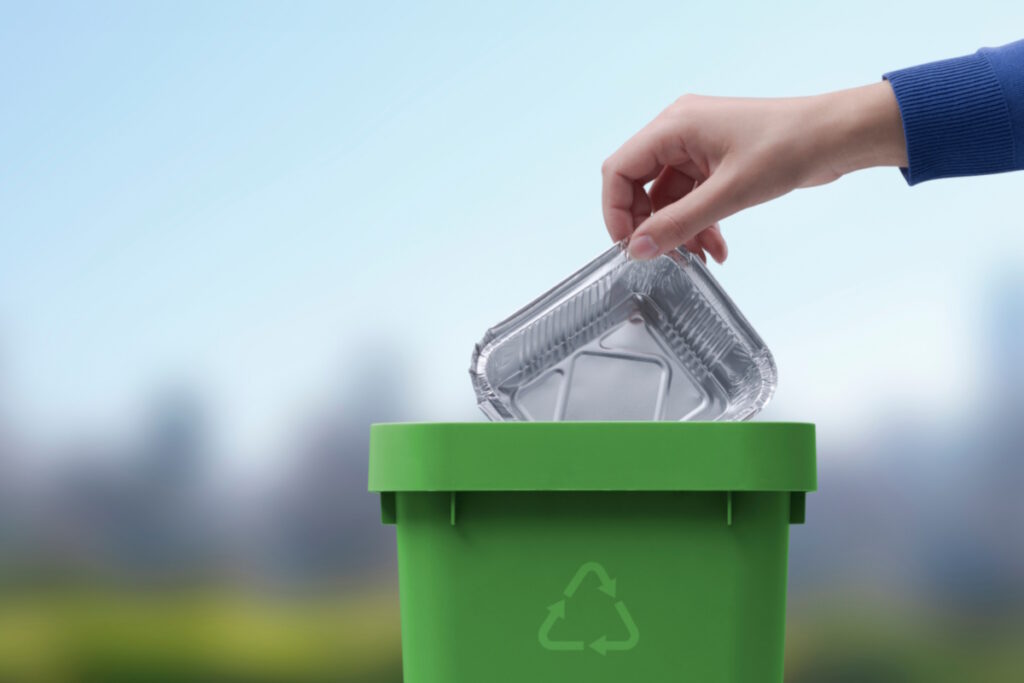
3. Identify Sources of Scrap Metal
Finding sources of scrap metal is key to a successful recycling initiative. Some common sources include:
- Household Items: Old appliances, cookware, furniture, and electronics often contain recyclable metals.
- Construction Sites: Demolition and construction sites are rich sources of scrap metal. Contact local contractors to see if they have any scrap materials they are willing to part with.
- Cars and Trucks: Junk cars and old vehicles contain a significant amount of recyclable metal.
- Community Collections: Organize a community collection drive to gather scrap metal from neighbors and local businesses.
4. Sort and Clean the Metal
Sorting the metal by type is crucial for efficient recycling. Use a magnet to separate ferrous from non-ferrous metals. Clean the metal by removing any non-metal attachments, such as plastic or rubber. Cleaning the metal ensures that you get the best price when selling it to a recycling center.
5. Find a Local Scrap Yard or Recycling Center
Once you have sorted and cleaned your metal, the next step is to find a local scrap yard or recycling center. Research and compare different facilities to find one that offers competitive prices and convenient services. Many scrap yards have specific requirements for accepting metal, so be sure to follow their guidelines.
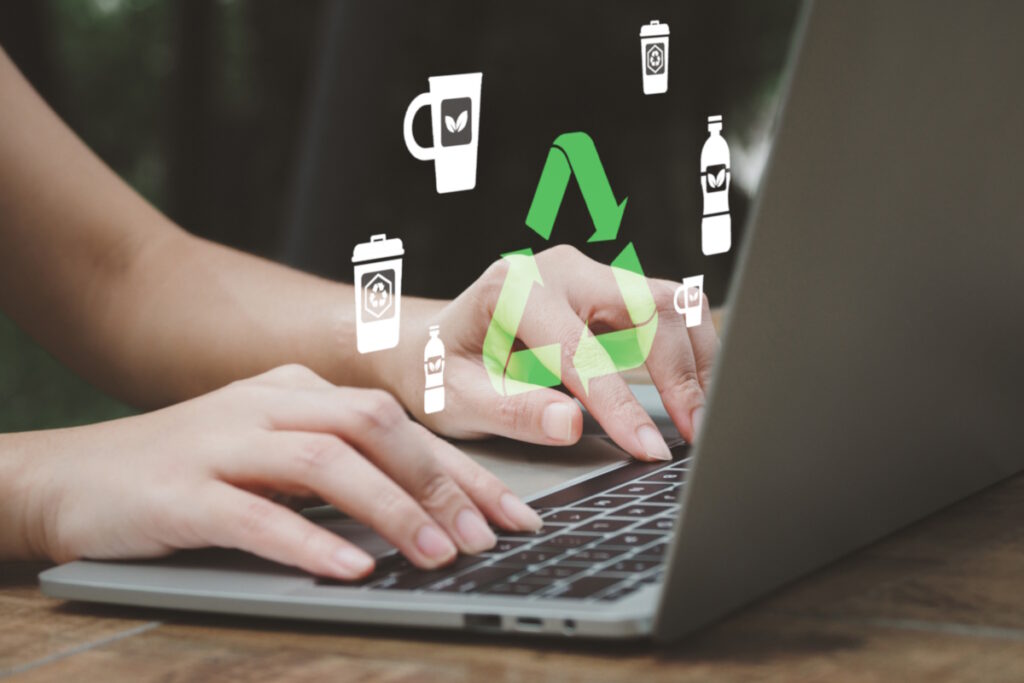
6. Understand the Market Value of Metals
Metal prices fluctuate based on market demand. Stay informed about current market prices for different types of metals. Websites and apps provide up-to-date information on scrap metal prices, helping you determine the best time to sell your metal for maximum profit.
7. Ensure Legal Compliance
Before starting your DYI metal recycling initiative, check local regulations and obtain any necessary permits. Some areas have specific rules regarding the collection, storage, and transportation of scrap metal. For example, selling scrap metal in Texas is regulated to prevent theft and ensure proper recycling practices. And payments for certain types of regulated metal (like copper) often cannot be made in cash. In Texas, payment must be made via check, electronic transfer, or money order. Adhering to these regulations helps avoid legal issues and ensures your operation runs smoothly.
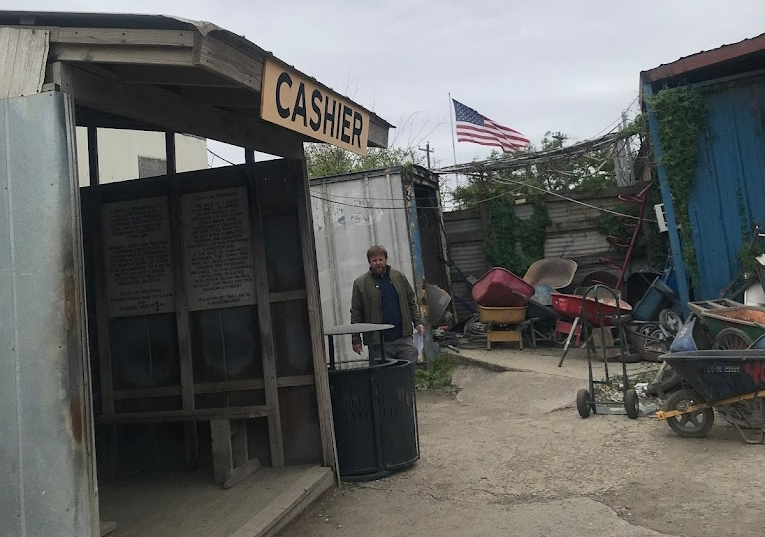
8. Promote Your Initiative
Spread the word about your DIY metal recycling initiative through social media, community bulletin boards, and local events. Educate your community about the benefits of metal recycling and encourage them to participate. Building a network of supporters helps ensure a steady supply of scrap metal and fosters a sense of community involvement.
9. Explore Creative Recycling Projects
In addition to selling scrap metal, consider using some of it for creative DIY projects. Metal can be repurposed into various items, such as garden sculptures, furniture, or decorative art. These projects not only add value to your initiative but also showcase the versatility and beauty of recycled metal.
10. Stay Committed and Consistent
Starting a DIY metal recycling initiative requires dedication and consistency. Regularly collect, sort, and sell your metal to maintain momentum. Track your progress, set goals, and celebrate milestones to stay motivated and engaged.
Depend on All American Recycling for Austin Metal Recycling
By following these tips, you can successfully start a DIY metal recycling initiative that benefits the environment, supports your community, and provides personal satisfaction.
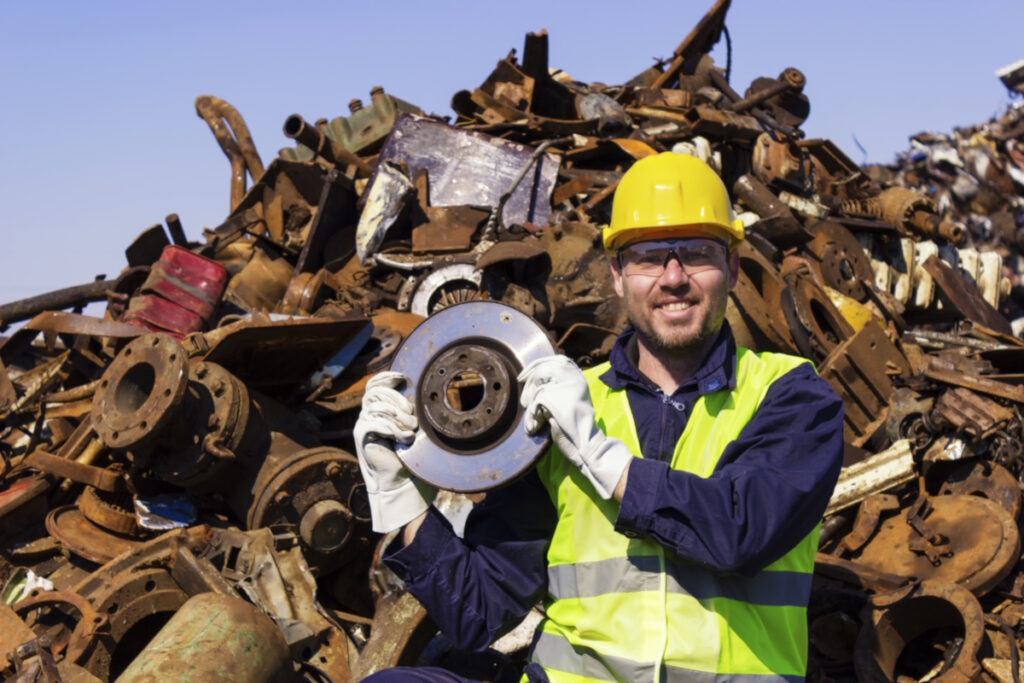
All American Recycling in Austin, Texas is your one stop place for all scrap metal recycling, aluminum recycling, copper recycling, stainless-steel recycling, and recycling scrap wire. Our Austin scrap metal yard is open to the public and designed to get customers in and out easily and safely. Family-owned and operated for over 40 years, we can offer you unbeatable pricing and customer service. We work hard to earn your business!
Give us a call at 512-243-1183 for daily prices or to get started. Happy recycling!
